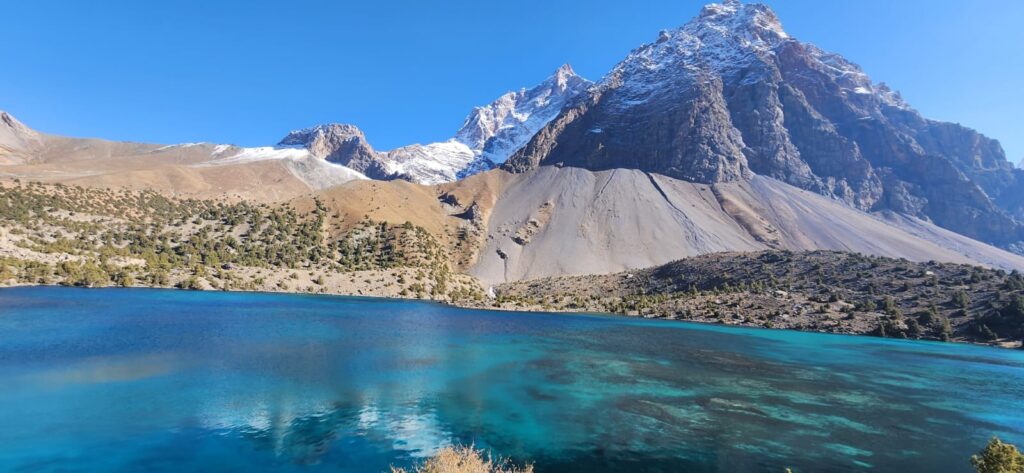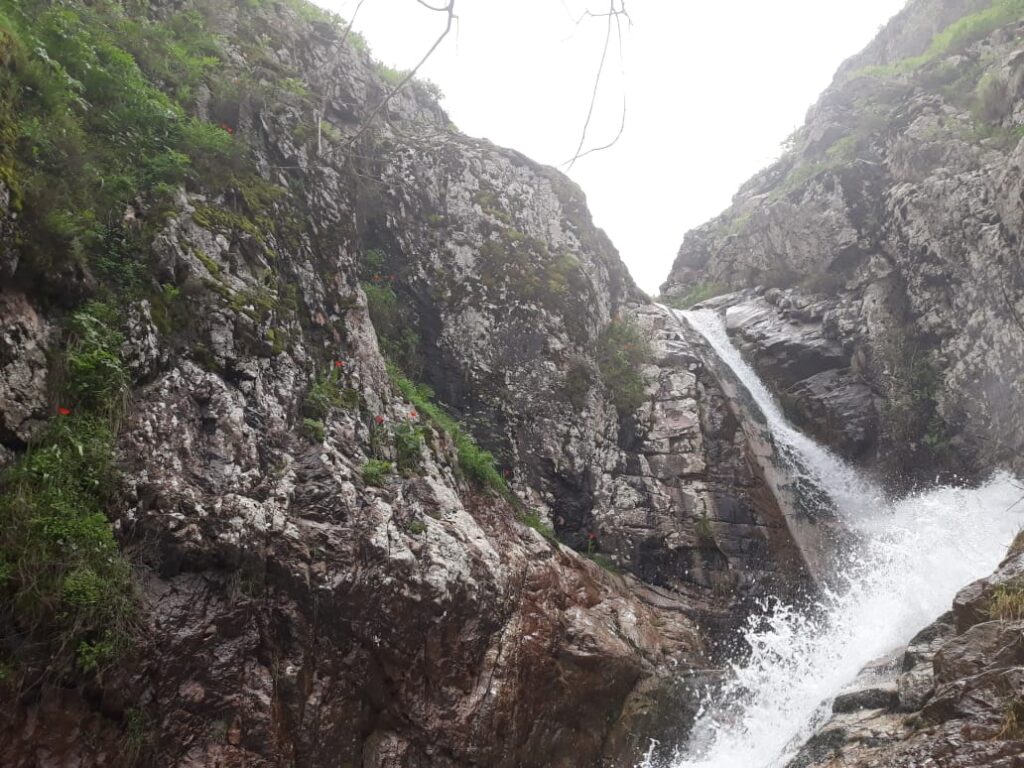The forest in Tajikistan is never far, though its presence is often overlooked. Scattered across valleys, clinging to slopes, lining rivers with narrow bands of green, these woodlands are fragile fragments of what once covered more. In the Hissar range, walnut trees shade villages, their nuts gathered in baskets by children each autumn. In Sughd, tugai forests hug the Zeravshan River, their twisted willows and poplars providing nesting places for birds. In the Pamirs, shrubs and dwarf trees cling stubbornly to rocky soil, offering firewood in a landscape otherwise barren.
Forests here are modest in scale but immense in importance. They cover less than three percent of Tajikistan’s territory, yet their influence stretches everywhere. They hold soil in place, protect water sources, shelter biodiversity, and provide fuel and fodder. They are also deeply cultural- wood for cradles, fruit for winter stores, herbs for medicine. But their presence is shrinking, eroded by time, poverty, and demand.
Travelers in the nineteenth century described valleys lush with walnut groves and pistachio stands. Today, many of those groves are thinned, fragmented, or gone. Soviet forestry policies expanded cultivation in some areas but also cleared land for cotton and construction. Since independence, pressure has mounted as energy crises push households to cut wood for heating. According to the World Bank, nearly 90 percent of rural households rely on fuelwood during winters when electricity falters (World Bank, 2013). What disappears is not just firewood but ecosystems that took centuries to grow.
Walking through a degraded hillside near Rasht, the contrast is stark. Stumps jut from the ground, and erosion carves gullies where roots once held soil. Streams run muddier, and slopes feel exposed. Villagers speak of harder lives: “When there were trees, the springs were stronger. Now the water is less, the land is drier.” Their observations echo ecological studies linking deforestation to declining water availability and soil fertility (UNEP, 2012).
Deforestation here is not the clear-cutting of industrial chainsaws but the slow erosion of necessity. A tree felled to heat a home, branches gathered for cooking, shrubs pulled for fodder: all acts of survival. Each is understandable, even inevitable, yet together they add up to landscapes transformed. The vanishing green is not the result of greed but of need, making solutions far more complex than simply prohibiting the axe.
The walnut forests of Badakhshan carry both myth and memory. Some trees are centuries old, their trunks gnarled and massive, their nuts once traded along Silk Road caravans. In the Soviet era, collective brigades managed harvests, storing walnuts in state warehouses. Today, management is looser. Families harvest what they can, some selling in markets, others storing for winter. Overharvesting of young shoots threatens regeneration, but the knowledge of the forest remains strong. Elders recall which groves fruit heavily after cold winters, which slopes yield the sweetest nuts.
Pistachio groves tell another story. Once extensive, they have declined dramatically, victims of grazing, cutting, and neglect. Research by local botanists shows regeneration rates alarmingly low, with saplings eaten by goats before they can take root (Nobis et al., 2011). The loss is not only ecological but economic, eroding a traditional resource that linked communities to trade and seasonal cycles.
The tugai forests of Sughd are even more fragile. These riparian ecosystems depend on rivers flooding regularly to replenish soil and groundwater. But dams, canals, and diversions have altered flows, leaving tugai dry and brittle. What remains are fragments of a once-thriving mosaic, home to birds, foxes, and wild boar. Conservationists warn that without restoration, tugai may vanish entirely within decades.
International projects attempt renewal. In some villages, nurseries raise seedlings of walnut, pistachio, and juniper for replanting. NGOs support community forestry, giving locals a stake in managing and protecting plots. Pilot programs introduce efficient stoves to reduce firewood demand. These efforts show promise but face challenges: limited funding, bureaucratic hurdles, and the sheer scale of need.
Climate change deepens the pressure. Rising temperatures and shifting precipitation threaten regeneration. Drought years leave seedlings parched; storms topple weakened trees. The FAO warns that Central Asian forests are “highly vulnerable to climate variability, with resilience undermined by overuse” (FAO, 2015). In Tajikistan, where every tree matters, this vulnerability cuts deep.
Still, resilience can be found. In the village of Hazratisho, a local teacher leads students on spring planting days, putting walnut seedlings into schoolyard plots. “These are our future,” she tells them. Children water the trees with tin buckets, proud of their contribution. Small acts accumulate: roots in the soil, knowledge in the mind, hope in the heart.
The forest’s vanishing is not inevitable. It can be slowed, reversed, renewed, but only with care. To walk through Tajikistan’s woodlands today is to sense both fragility and possibility. The scent of juniper in the mountains, the rustle of leaves in a valley grove, the crunch of walnuts underfoot- all reminders that forests are not only resources but companions, guardians of soil and water, keepers of memory. Their loss would be immeasurable; their protection, a gift to generations yet to come.
References
- FAO. (2015). Forests and Climate Change in Central Asia. Rome: Food and Agriculture Organization.
- Nobis, M., Nowak, A., & Nobis, A. (2011). Decline of pistachio woodlands in Central Asia: A case study from Tajikistan. Journal of Forest Research, 16(5), 429–439.
- UNEP. (2012). Global Environment Outlook: Central Asia. Nairobi: United Nations Environment Programme.
- World Bank. (2013). Tajikistan: Environment and Natural Resources Review. Washington, DC: World Bank.








